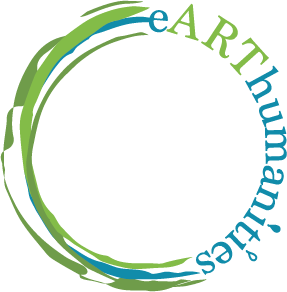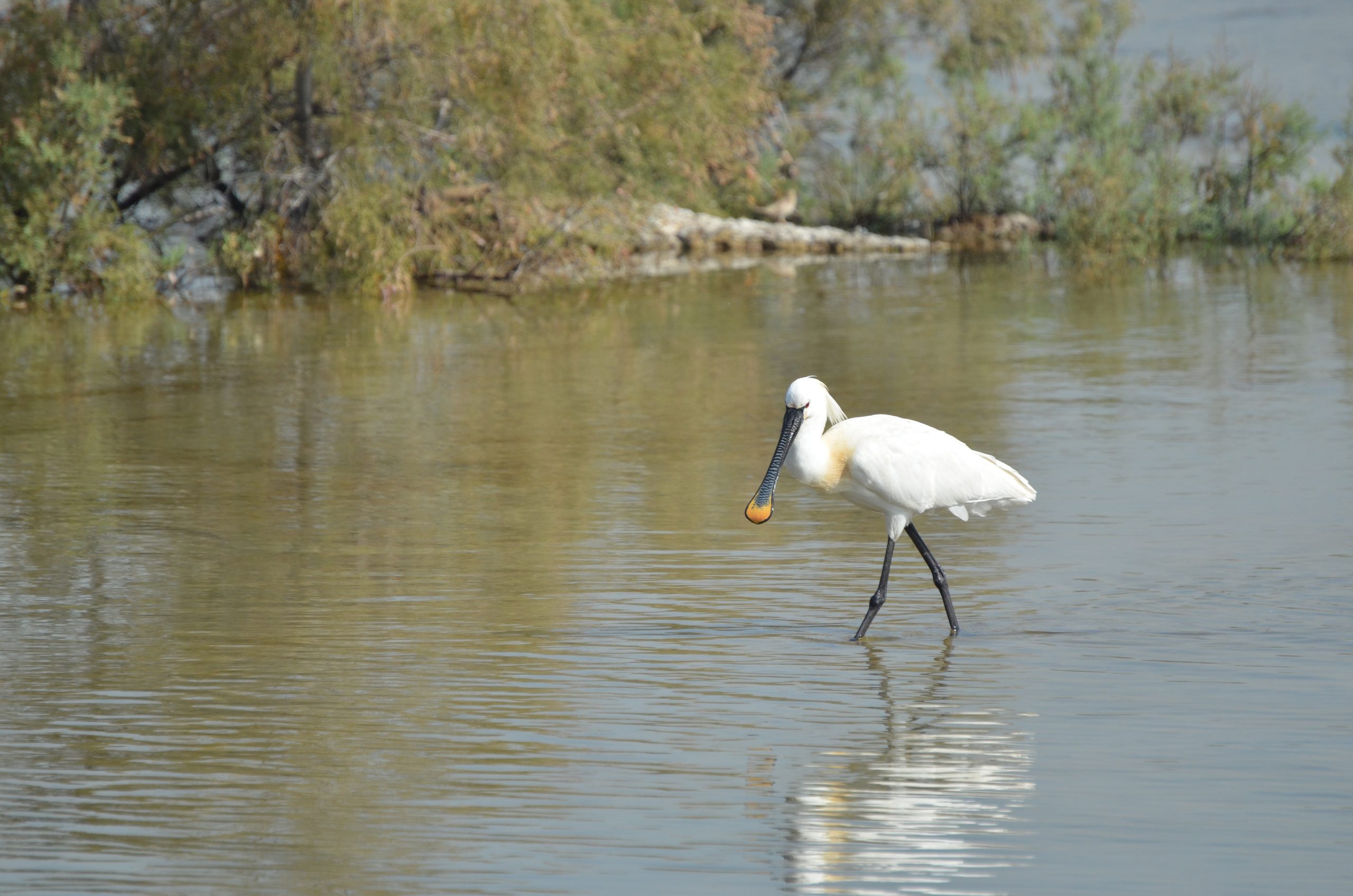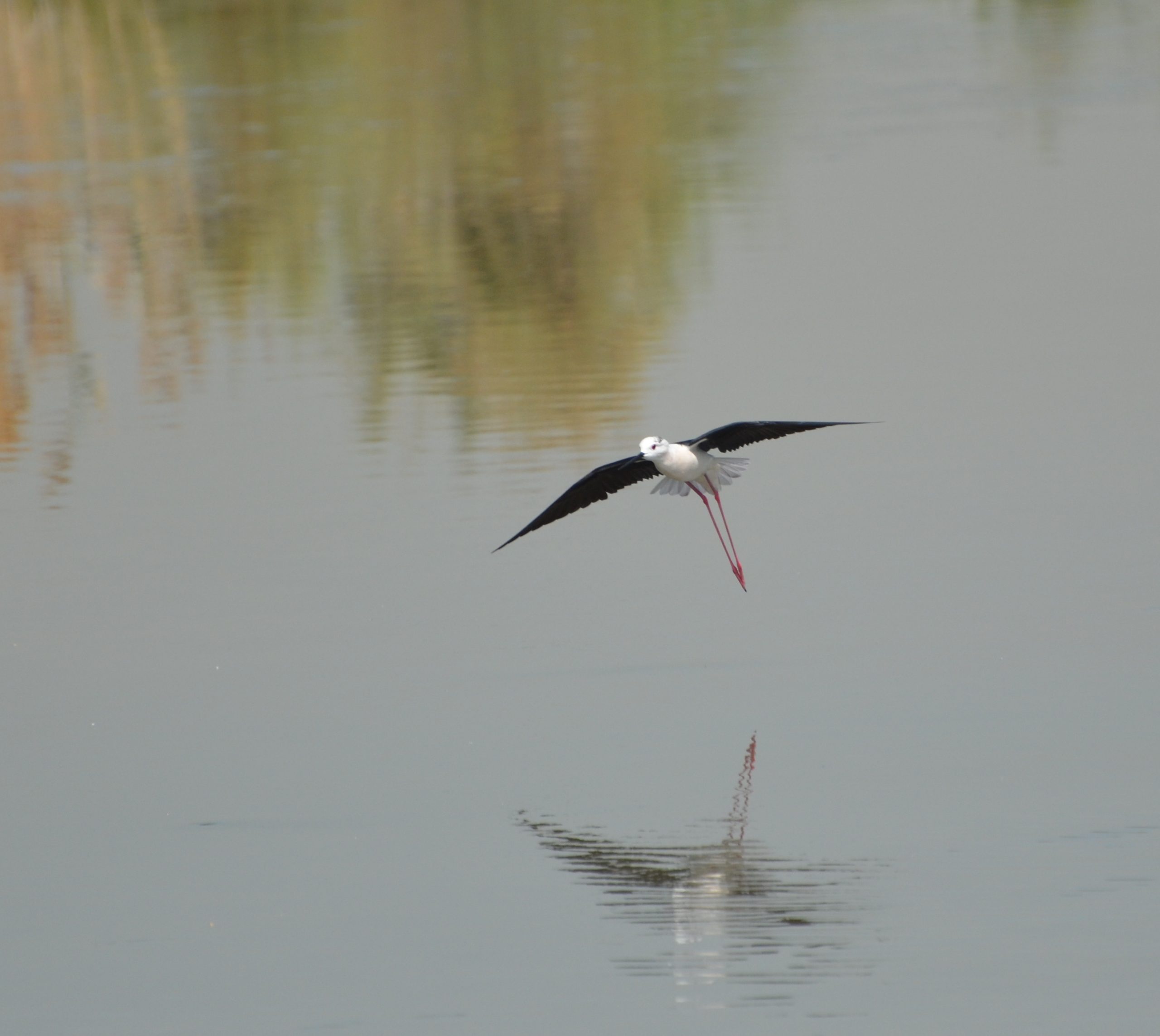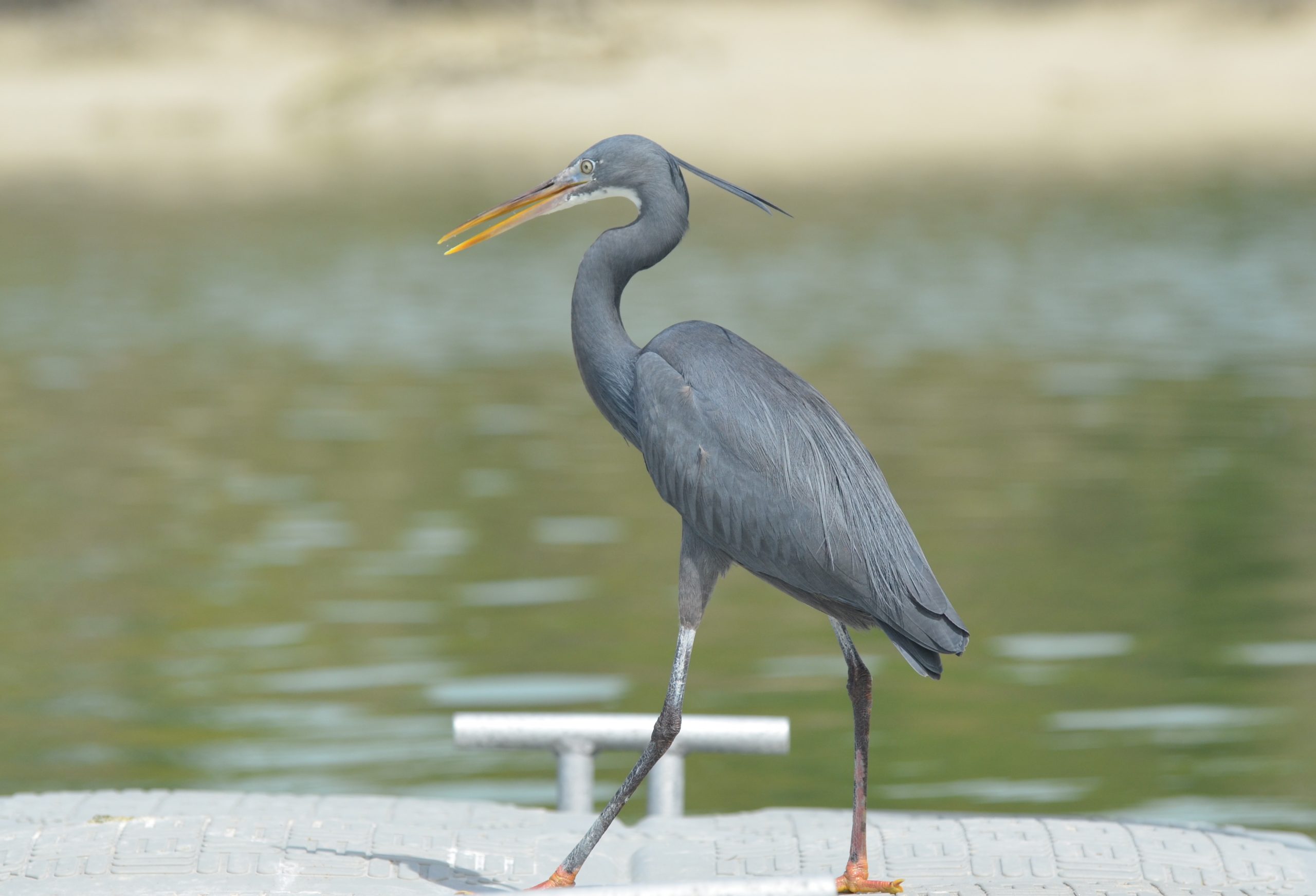Dr. Daniel Lewis is responsible for the Huntington’s history of science and technology holdings from 1800 to the present. He holds the Ph.D. in Latin American history from the University of California at Riverside and has had post-doctoral appointments at Oxford University, the Smithsonian, and the Rachel Carson Center for Environment and Society in Munich. Lewis’s primary research interests lie in environmental history. Lewis is the author of three books: Iron Horse Imperialism: The Southern Pacific of Mexico, 1880-1951 (2007); The Feathery Tribe: Robert Ridgway and the Modern Study of Birds (2012); and Belonging on an Island: Birds, Extinction and Evolution in Hawai’i (2018). He teaches four courses on environmental humanities topics at Caltech.

You are a Senior curator in one of the finest Libraries in North America and the world. Tell us a few words about the Huntington collection? Why would an environmental historian, for instance, want to visit the archives?
Environmental history and humanities topics cut deeply across a wide range of topics. The Huntington, with its vast archival holdings, provides scholarly intersections with an enormous body of material of relevant subjects: water rights and other riparian matters, land use, air quality, noise pollution, endangered species protections, mining, and much else. There’s probably at least a little something for every conceivable environmental history topic from the medieval period up to the present day, and in many cases, enough material across a wide range of geographies, chronologies, and more classically defined disciplines to solidly support dissertation or book research for a number of months.
You are an avid birdwatcher and have written two important books on birds. What drew you to them?
Birds are wonderful markers of many things: beauty, song, and perhaps most of all, freedom. They don’t obey geopolitical boundaries; they go where they want and need to go. We should all be so lucky! The fact that are 10,000 species of birds also scratches my classification itch: how do you tell one bird from another? Where does a particular species or taxon fit in Darwin’s branching tree of life? It provides me with a way to organize, the world, as it were. And finally, being a historian is a bully pulpit: everything has a history, right up to the present day. This fact helped me understand that I could extend my birdy passions back into the past, to study the cultural, biological, and social aspects of birds and their influences.
You are currently working on a new and exciting project, this time about trees? Tell us a few things about this research and what drew you to it?
My new book project – under contract with Simon & Schuster, so it’s my first trade press book – is about twelve species of trees from around the world. It’s really a conservation-and-ecosystem story: why these trees matter, what’s recently been discovered about them, how can we protect them, and what role they play in the larger role of life in their immediate vicinity and beyond. It’s been a fascinating learning experience for me; the trees range from a tree extinct in the wild (Sophora toromiro, the so-called “lost tree of Easter Island,” but surviving in botanical gardens around the world) to the baobab tree (Adansonia digitata) in Southern Africa. Generally, I wanted to focus on botanical matters, since the Huntington’s own 200 acres of gardens are renowned, and to reach a wide public audience with a popular topic.
Photo Credits: Dan Lewis





